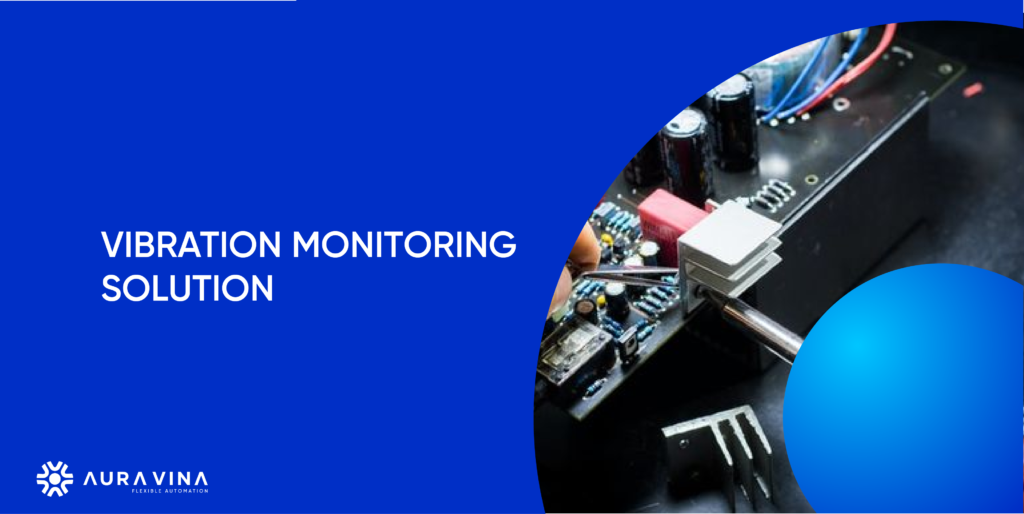*Introductions:
Vibration monitoring systems work by using a method known as vibration trend analysis. Vibration trend analysis is a process that monitors for irregularities in the vibration signature of a machine. When the vibration amplitude goes up or down significantly, under steady state conditions, it is usually an indication that something is changing inside the machine. The overall amplitude is the main indication of a machine malfunction, and is perfectly suited for a 4-20 mA output to a Control System (PLC, SCADA, RTU etc.). The overall amplitude includes the various individual frequency and amplitudes generated by the machine components, its rotation or reciprocating motion, and or process issues. Some monitoring systems record vibration waveforms and identify potential machine issues by revealing abnormalities in the recorded vibrations.
*The Characteristics of Vibration
The main characteristics of vibration are amplitude, frequency, phase, form, and when using a proximity sensor, position. Amplitude refers to the severity of the vibration in question. Frequency helps pinpoint the source of the vibration. Changes in vibration frequency, not associated with machine speed changes, can also indicate a problem. Attention to frequency can identify specific problems quickly. Phase helps with determining when and where the vibration is occurring. When studying the waveform of a given vibration, the varying amplitudes and frequencies can reveal a great deal of information about the machine in question. From the time the machine begins operations to the specific moment when a part may have a problem or issue, the amplitude measured by a vibration monitoring system can show differences in movements. With a proximity sensor, the position of the rotor in the bearing clearance, or the rotors axial movement, may be observed and important in assessing the machine’s condition. In most situations, the overall amplitude is used by the vibration monitoring system to compare to vibration limits, or alarm values.
*Popular Methods of Vibration Monitoring
1. Walk-Around/Periodic Vibration Collection
2. Walk Around Vibration Data Collection (with waveform or transient data)
3. Continuous Vibration Monitoring (without waveform or transient data)
4. Continuous Vibration Monitoring (with process data correlation, without waveform or transient data)
5. Continuous Vibration Monitoring (with process data correlation)
6. Continuous Vibration Monitoring (with both process data correlation and waveform and transient data)
*Installing a Vibration Monitoring System
Taking steps to ensure machinery and equipment are working correctly and able to last as long as possible is essential to any business. With a vibration monitoring system to measure any irregularities and alert you of potential problems, you’ll be able to help your machinery run more effectively for a longer period without significant damage.
*Project: VIBRATION MONITORING
Customer: VINAMILK Bien Hoa
If you have any further questions , do not hesitate to contact us:
OFFICE & FACTORY: 191 Banh Van Tran St, Ward 7, Tan Binh Dist, Ho chi Minh, Viet Nam
Phone: (+84) (0) 921 91 41 11
Email: info@auravina.vn
Website: www.auravina.com

